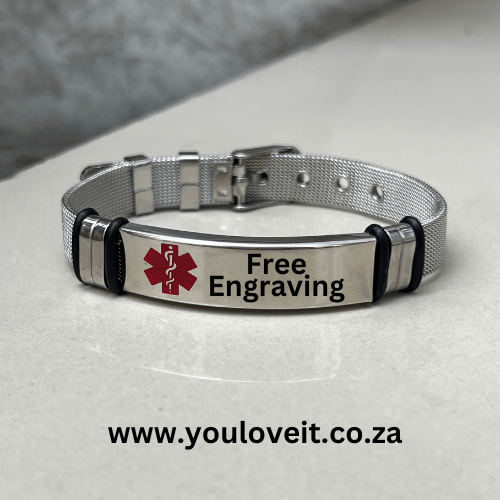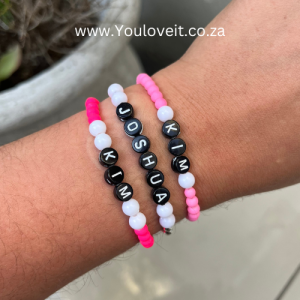Description
In Case of Emergency (ICE) bracelets are a critical component of personal safety and emergency preparedness. These bracelets are designed to provide quick access to essential information about an individual’s health status, allergies, medications, and emergency contacts in case of a medical emergency. Typically made from durable materials such as silicone, stainless steel, or other metals, ICE bracelets are easily visible and recognizable by first responders and healthcare professionals.
These details often include emergency contact names and phone numbers, specific medical conditions, allergies, and any essential medications the individual may be taking. The idea behind ICE bracelets is to offer a standardized and easily accessible method for conveying critical information when the wearer may be unable to communicate verbally. In emergency situations, time is of the essence, and the presence of an ICE bracelet can significantly expedite the decision-making process for medical professionals.
ICE bracelets are particularly beneficial for individuals with chronic medical conditions, allergies, or unique healthcare needs. They are also valuable for seniors, children, and individuals with cognitive impairments who may require special attention during emergencies. This digital integration allows for the inclusion of additional health information and ensures that the bracelet remains a dynamic tool for healthcare communication.
Overall, In Case of Emergency bracelets are a simple yet effective way to enhance personal safety and ensure that critical health information is readily available during times when quick decision-making is paramount. As a visible and universally recognized symbol, these bracelets contribute to a more informed and responsive approach to medical emergencies, ultimately playing a crucial role in safeguarding individuals’ well-being.








